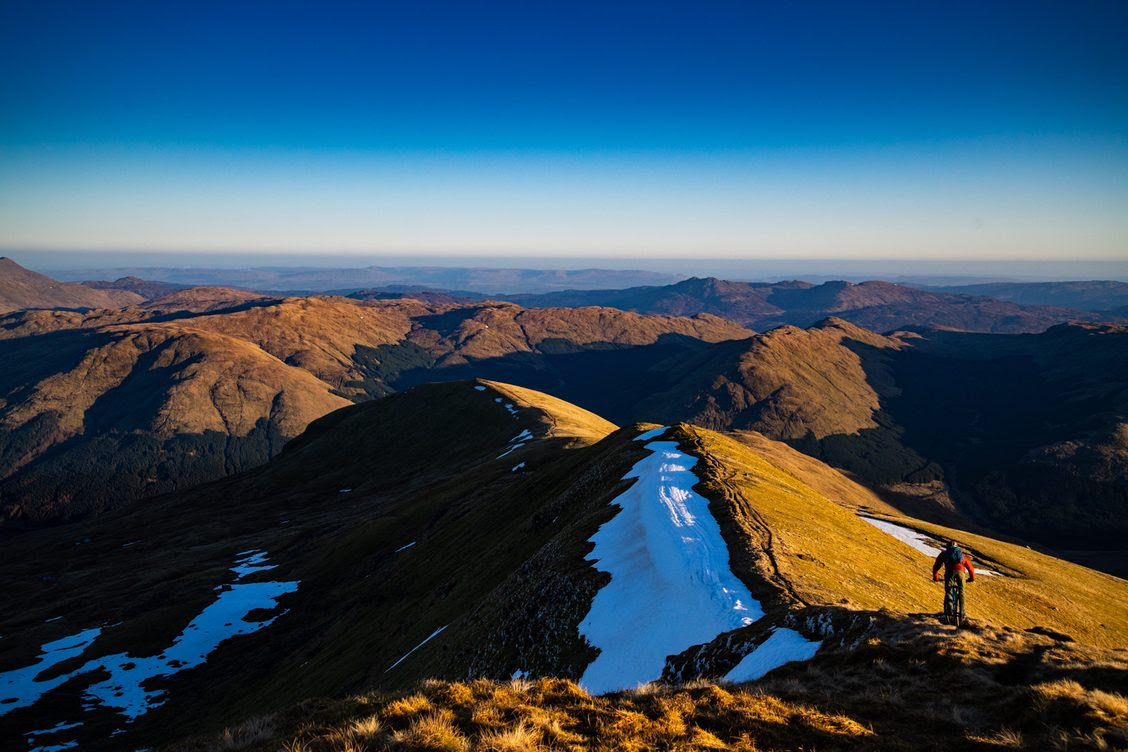The following is an excerpt from the first column published by our new Technical Manager, Benji Haworth. This column will be published in full in the upcoming issue of Singletrack World Magazine due out in early February, but as a bonus for our Full Members we are also publishing the complete column in our next Members Only Newsletter due for despatch on the 15th January.
If you are not yet signed up to this exclusive newsletter then do that below and we’ll send you our once a month fat newsletter directly to you inbox.
Welcome to our new Technical Content Manager. He has opinions and he’s not afraid to share them.
Words by Benji
As the person who’s just been hired to be In Charge Of All Things Tech at Singletrackworld I probably shouldn’t be saying this, but… I don’t know much about flex on mountain bikes. Well, maybe I don’t know much, but I have an awful lot of suspicions.
It could be worse. I could be a road bike journalist where pretty much the only thing to talk about is frame flex. Seriously, how do road journos keep writing (with a straight face, and without yawning) about vertical compliance and lateral stiffness? And, more seriously, why does the general roadie public keep reading about it?
Anyway. Cutting to the chase, I don’t think bike frames flex vertically. At all. Saddle rails do. Hey, even chamois liners do. But bike frames don’t flex vertically.
And neither do wheels.
The one and only thing flexing up and down on a mountain bike is the handlebar. And they can flex a surprising amount. That’s because they aren’t part of the structure. They are essentially diving boards sticking out of the side of your stem. Oh, and the tyres. Tyres flex up and down. And side to side. And fore-aft. And in pretty much any plane you can think of.
So what exactly is happening when people say that the back end of a (hardtail) mountain bike is ‘harsh’?
I don’t know. My best theory/guess at the moment is that it’s the two longest tubes on a mountain that are having an effect: the top tube and the down tube. I don’t think that the front triangle is flexing vertically. Again, tubes in a structure. Trusses. They don’t flex vertically. But there is some lateral give present there.
Fundamentally almost nothing on a mountain bike flexes vertically. But… almost everything on a mountain bike flexes laterally (or even fore-aft). Wheels, forks, frames, seatposts, cranks, bottom brackets. Almost everything.
Remember URT (Unified Rear Triangle) suspension bikes? Where the BB was part of the rear swingarm? They were completely insane weren’t they? Well, other than for folk who only wanted suspension when they were sitting down.
You can think of hardtails as like micro-URTs. But they are micro-URTs that only move laterally side to side. Ignoring the multi-flex of all the parts attached to a bike frame, I think it’s the lateral flex of the front triangle that exhibits any kind of ‘stiffness’ the rider feels.
... to be continued.
Can’t see the sign up box?
That’s because you aren’t a full member yet. Why not join the thousands of other mountain bikers just like you and get access to the full archive of members only features, reviews and opinions.






